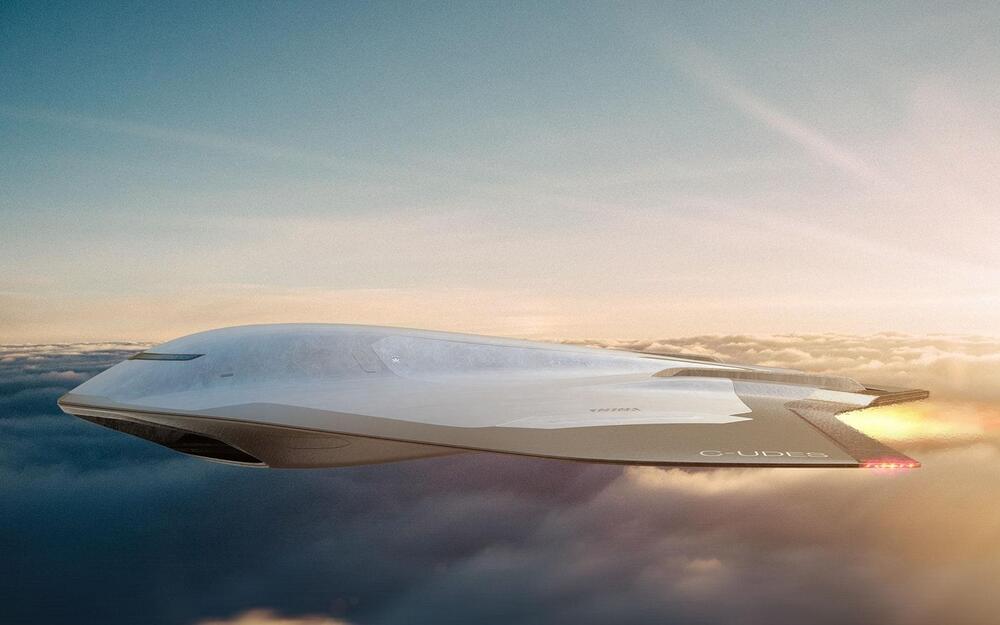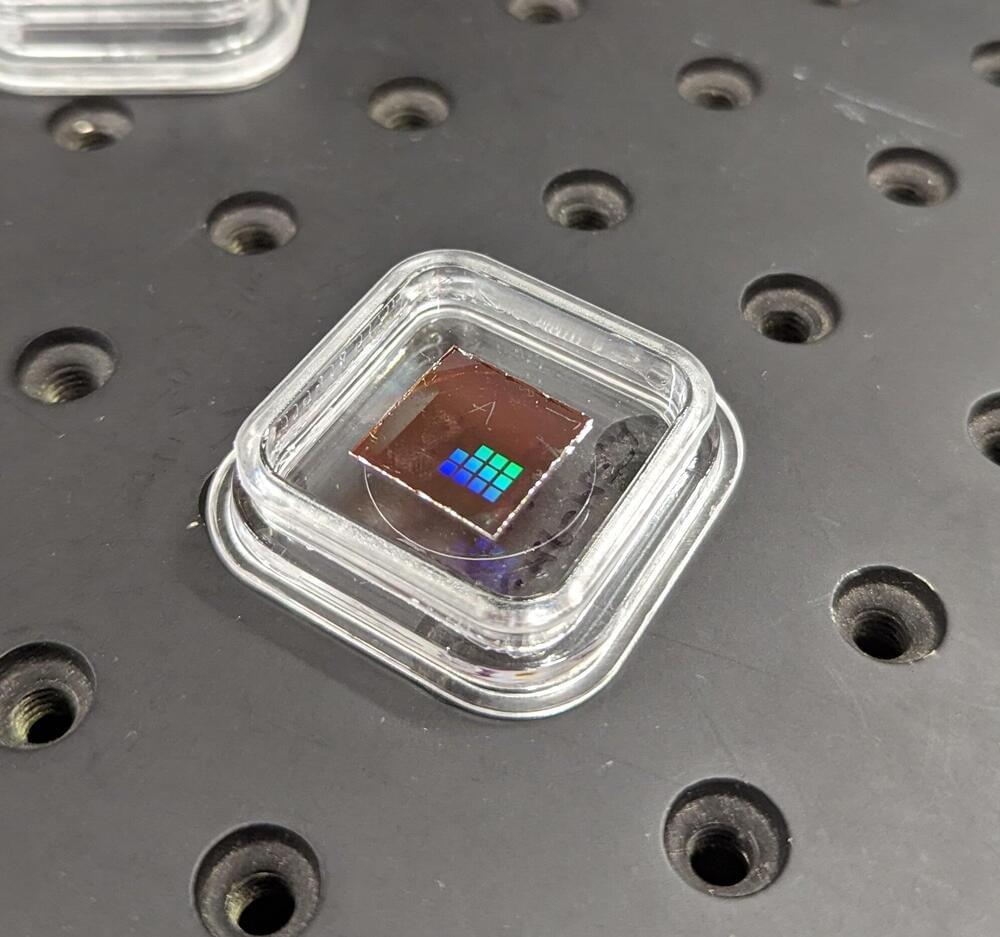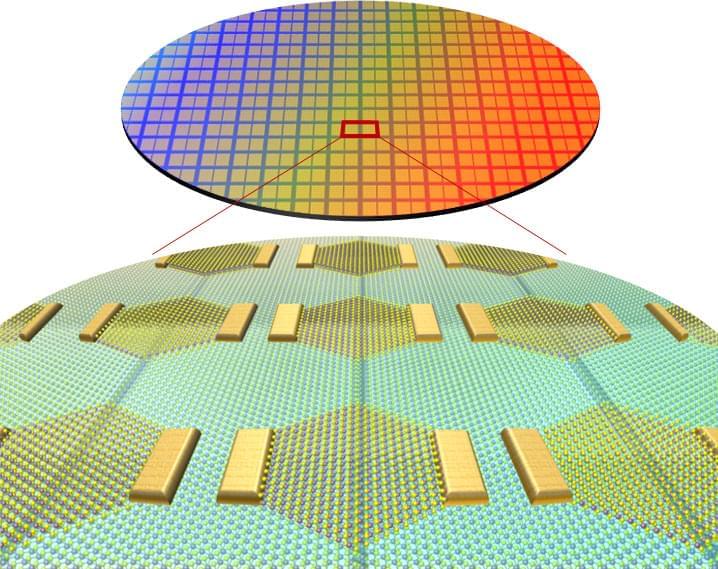Jul 3, 2024
AI and the Astrochicken: the interstellar destiny of AI
Posted by Dan Breeden in categories: alien life, nuclear energy, quantum physics, robotics/AI
#aliens #robots Welcome to an extraordinary exploration of artificial intelligence and its cosmic counterpart, the astro-chicken! Join me in this mind-blowing video where we delve into the captivating concept of interstellar colonization. You can find my book Gravity: From Falling Apples to Supermassive Black Holes here on Amazon: https://www.amazon.co.uk/Gravity-Fall… The Cosmic Mystery Tour here: https://www.amazon.co.uk/Cosmic-Myste… Artificial intelligences offers the only way to explore the stars. Humans are very delicate and not at all suited to interstellar travel. After all, it is a long long way to the stars. The nearest star is 40 trillion kilometres away. The distance between the stars is too great for it to be feasible to travel so far within human lifespans. The limitations of our biology will prevent us from exploring deep space in person. Although we might like to fantasize about traveling from star system to star system with Captain Kirk, it is almost inconceivable that any humans will ever reach the stars. But maybe there is another way to colonize the galaxy. The British theoretical physicist Freeman Dyson certainly thought so. In the 1960s Dyson, who was one of the architects of quantum electrodynamics — our best theory of electromagnetism — speculated that any sufficiently advanced civilisation would explore the galaxy by launching fleets of autonomous self-replicating robots. There are, of course, many advantages to sending robots rather than humanoids. Robots are more robust than organic lifeforms, they never get bored, and they require far less in the way of maintenance and life support systems. They can survive in harsh environments, and they are adaptable — they can be upgraded. Robots equipped with artificial intelligence could operate autonomously and perform tasks that are impossible for humans, and they could survive indefinitely. Robots could also be miniaturized so they would require far less propulsion to send them on their way. Dyson’s robots would take a blueprint or template that would enable them to create more self-replicating robots. On arrival at a suitable asteroid or planet they would establish a base and set up a means of generating and storing energy. They would then extract and refine minerals and eventually build factories with assembly lines for creating more autonomous robots, each with its own copy of the blueprint, and a propulsion system for the colonization of other star systems. Dyson called these robots astro-chickens. They would travel between the stars as cosmic eggs, hatch on arrival at a suitable destination, then create and disperse the next generation of cosmic eggs. There is no reason, in principle, why super-advanced civilizations could not create such robot explorers. They could attain high speeds as cosmic eggs using some sort of nuclear fusion engine, perhaps. The diameter of our galaxy is about 100,000 light years. Traveling between stars at a significant fraction of the speed of light, the astro-chickens could colonize the entire galaxy in under one million years, which is not long by astronomical or evolutionary time-scales. So where are the astro-chickens? No artefact of an alien civilization has ever been discovered. But, if alien civilizations exist, it might be easier to find their robot descendants than the original aliens. Maybe they are closer than we think. In fact, I have already created my own design for an autonomous, self-replicating robot, which you can witness here on my laptop. Prepare to be enthralled!


















